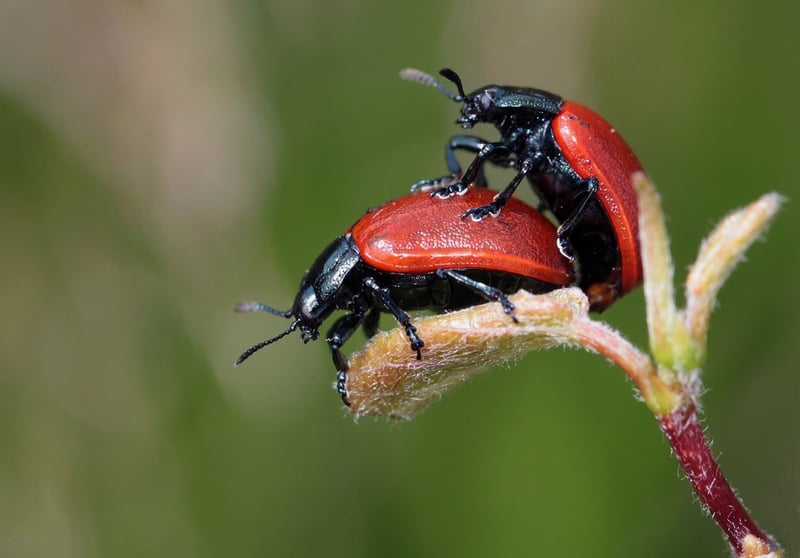Plant Pairing Guide
Maximizing Plant Growth: A Plant Pairing Guide
Welcome to our comprehensive guide on maximizing plant growth through strategic plant pairing. Whether you're a seasoned gardener or just starting, understanding which plants complement each other can significantly enhance the health and productivity of your garden. Let's dive into the world of plant pairing strategies to create a thriving ecosystem in your garden.
The Basics of Plant Pairing
Plant pairing involves combining different plant species based on their mutually beneficial characteristics. By planting certain species together, you can improve soil quality, repel pests, attract beneficial insects, and increase overall yield. Here are some essential principles to keep in mind:
- Companion Planting: Some plants naturally support each other's growth by providing nutrients, shade, or protection.
- Succession Planting: Planting quick-growing crops alongside long-term crops optimizes space and resources.
- Trap Cropping: Planting attractive decoy crops can divert pests away from main crops.
- Beneficial Insect Attraction: Certain plants attract pollinators and beneficial insects that help control pests.
Strategic Plant Pairing Tips
Here are some plant pairing combinations that work well together:
Tomatoes and Basil
Planting basil near tomatoes can improve the flavor of the tomatoes and repel pests that commonly affect tomato plants.

Carrots and Onions
Interplanting carrots and onions can help deter carrot flies and onion maggots, as their scents confuse the pests.

Cucumbers and Nasturtiums
Growing nasturtiums near cucumbers can repel cucumber beetles and attract predatory insects that feed on garden pests.

Experiment and Observe
While these plant pairings have proven beneficial for many gardeners, it's essential to experiment in your own garden and observe the results. Pay attention to plant health, pest activity, and overall yield to fine-tune your plant pairing strategies over time.
By harnessing the power of plant pairing, you can create a harmonious and productive garden that thrives with minimal intervention. Get started with these tips and watch your garden flourish!
Happy planting!
